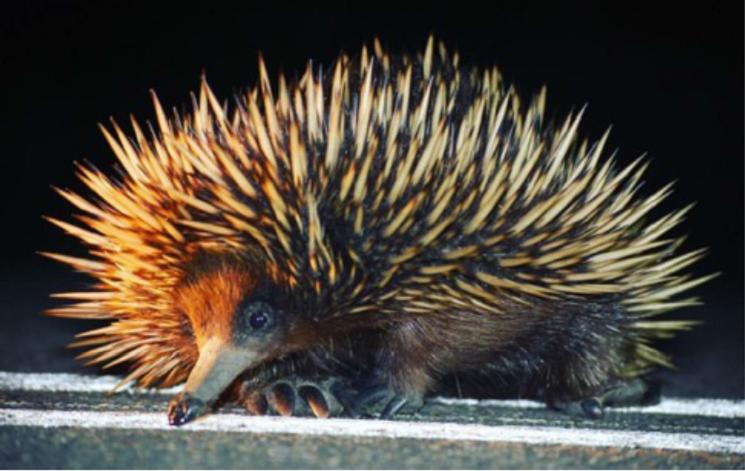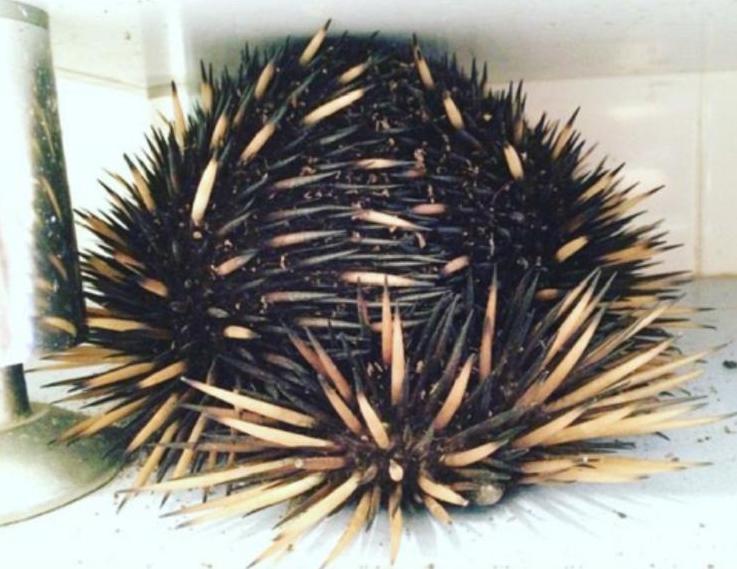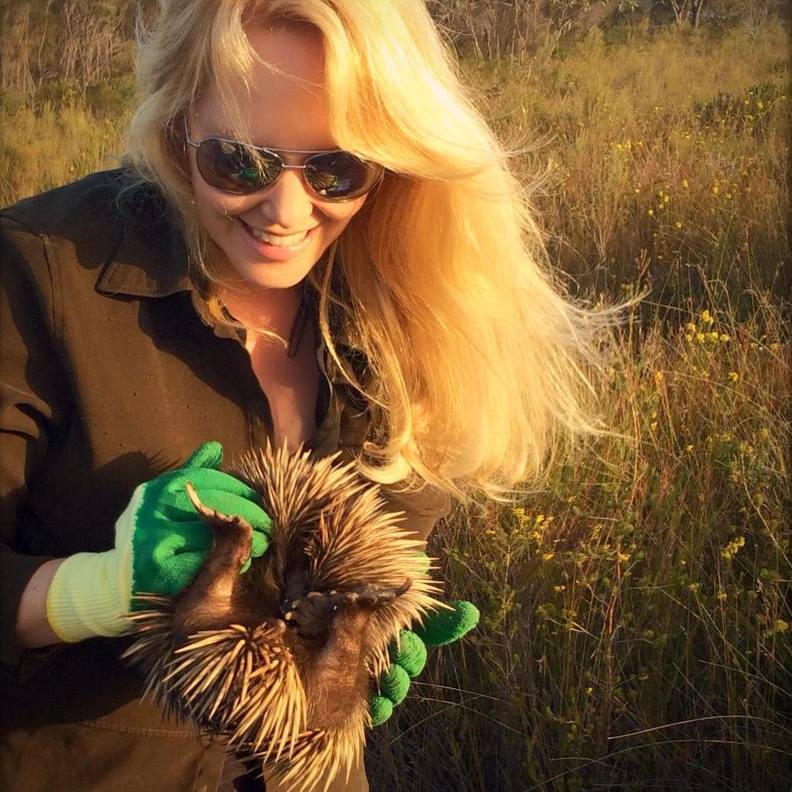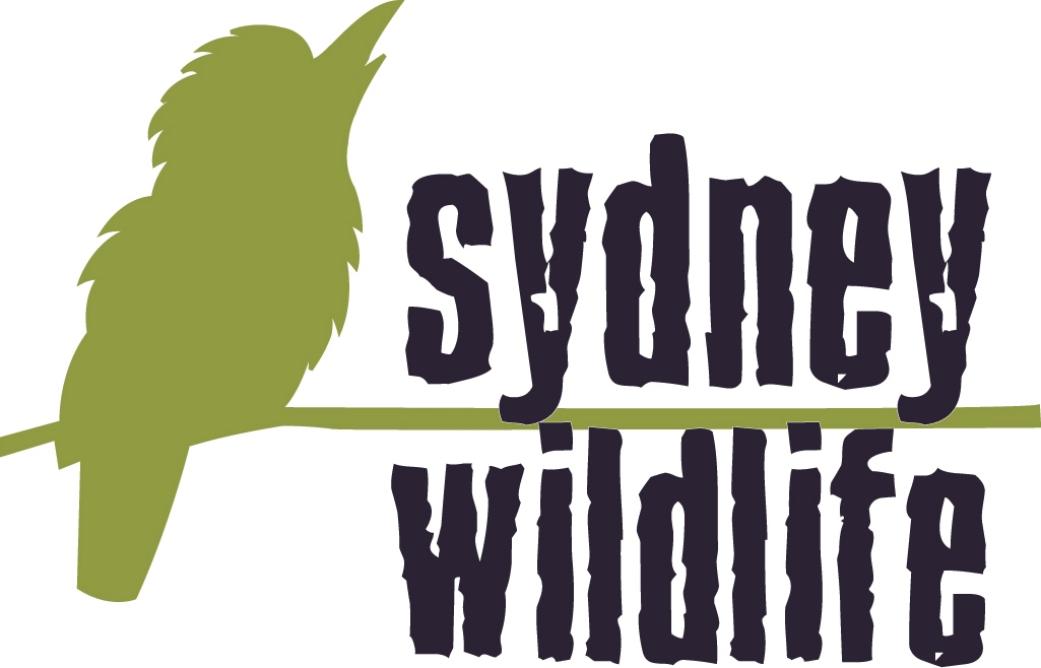August 6 - 12, 2017: Issue 324
What Makes Echidnas So Unique?
What Makes Echidnas So Unique?

Photo by Lisa Wynn (Sydney Wildlife)
Birds are amazing because of their enviable ability to fly. Reptiles are special in so many ways - especially in their ability to cope with temperature extremes. Mammals are so diverse and we have a good 360-odd species of mammals here in Australia. But the most interesting and unique of our mammals is the echidna.
In appearance, the echidna resembles a pin-cushion waddling about. They are covered in spines and have a long beak used to forage for invertebrates. The spines are modified hairs – spongy inside with a hard covering of keratin. They don’t have visible ears - just slits which are hidden by the spines. The feet have long claws which are perfect for digging.
Why are echidnas so unique?
• Did you know that they are named after a monster in Greek mythology called ‘Echidna’ who was part-woman, part-snake? They were so named due to their part-mammal, part-reptile qualities.They are warm-blooded and have coarse fur - like mammals, but they also have a low metabolic rate like reptiles. Their average body temperature is about 31 °C which is considerably lower than the average 37 °C for placental mammals. In times of extreme cold or drought, echidnas can use torpor to cope. Torpor is an energy-saving mechanism whereby they lower their metabolic rate - often used by reptiles over the winter period.
• Echidnas are a type of mammal called a monotreme. Monotremes lay eggs instead of bearing live young. The mothers still suckle their young, but not in the ordinary manner. Like all mammals, they lactate, but they have no defined teats. Instead, they excrete milk through openings in their skin. The baby echidna, known as a puggle, suckles the milk from the mother’s skin where the milk appears in ‘patches’.
• Have you heard of the Love Train? It’s a bit like the Love Boat but with echidnas instead of humans! The female heads up the train and is followed by up to 10 males during breeding season. This begins in late June and continues through to the beginning of September. The female will be trailed like this for many weeks and she will eventually choose a partner and they will mate. The unlucky suitors will beetle off. Three weeks after mating, a single egg is implanted in the female’s rear-facing pouch. The pouch only appears when the egg is ready to be implanted. Ten days later a tiny puggle (baby echidna) emerges from the egg. It is only the size of a 5c coin. Which, incidentally, is why the Australian 5c piece bears the image of an echidna.
• After 3 months in the ‘pouch’ the puggle is deposited into an underground den/burrow. The mother leaves the puggle for up to 5 days alone in the burrow while she forages for food. When she returns, the puggle gorges itself on milk until it resembles a spiny balloon! The milk lasts the 5 days that the mother is away from the burrow.
• Slightly x-rated fact: the males have a 4-headed penis!
• Echidnas have no teeth. When consuming beetles or other insects, they grind the food between their sticky tongue and the bottom of their mouth.
• Echidnas are incredibly strong and can escape from baskets, cages and containers with ease.
Having them in care requires a special type of escape-proof box - made either of plastic or metal.

Photo by Lisa Wynn (Sydney Wildlife)
If you find an injured echidna or one in an undesirable location, please call
Sydney Wildlife on 9413 4300 for advice.
www.sydneywildlife.org.au

By Lynleigh Greig
Sydney Wildlife
